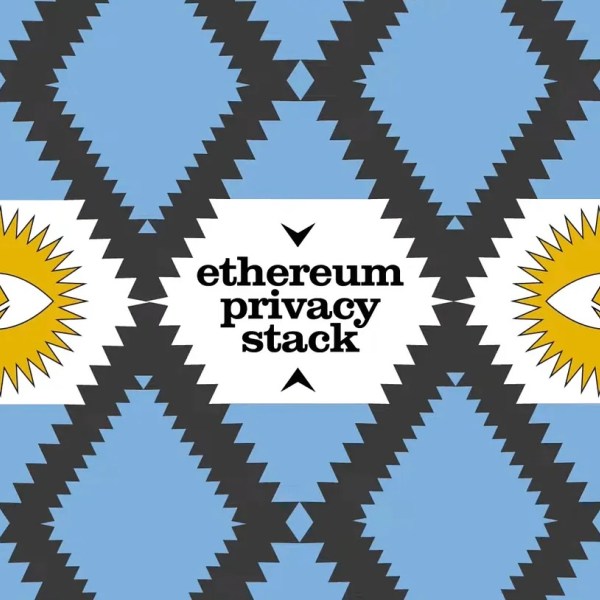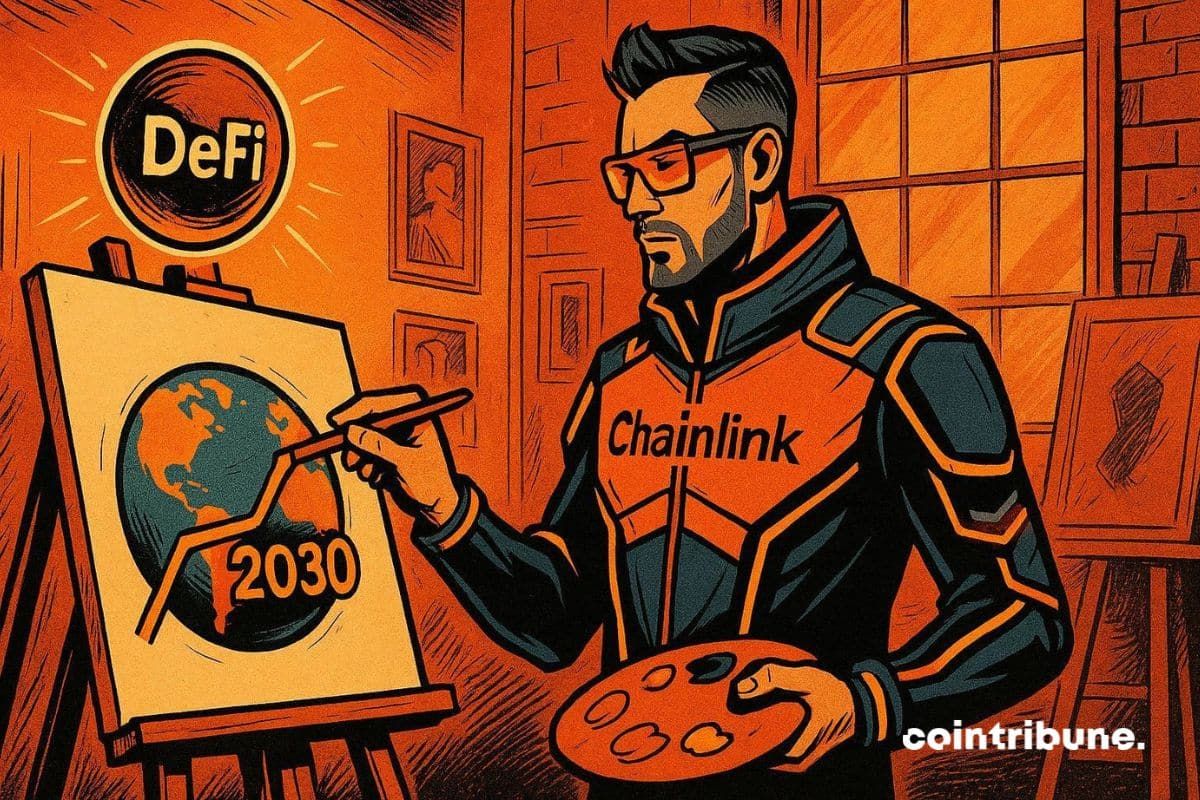Bitcoin CME gap formed over the weekend after a sharp price drop on CME futures; the largest gap in weeks may trigger a rapid BTC gap fill as traders and institutions respond to elevated funding rates and renewed speculative flows.
-
Largest recent CME futures gap created after weekend volatility
-
Analysts expect a potential rapid gap fill, influencing short-term price action
-
Institutional interest rose as CME basis funding rates spiked to ~9%, highest since February 2025
Bitcoin CME gap widens: learn how the CME futures gap could prompt a rapid BTC gap fill, what elevated funding rates mean, and how institutional flows may react. Read actionable insights now.
What is the Bitcoin CME gap and why does it matter?
Bitcoin CME gap refers to the price difference between CME-listed Bitcoin futures and spot price caused by weekend moves when CME is closed. Gaps matter because historical patterns show many gaps are filled, often triggering rapid short-term price moves that affect institutional flows and trading strategies.
How large is the latest CME futures gap and who noticed it?
The recent weekend drop produced the largest CME futures gap in weeks, according to market observers. Analysts such as Daan Crypto Trades and Ted Pillows flagged the move, and Matthew Sigel of VanEck reported CME basis funding rates spiking to approximately 9%—a notable rise indicating speculative institutional appetite.
How do funding rates and institutional flows affect gap dynamics?
Elevated funding rates—CME basis funding near 9%—signal heightened institutional leverage and speculative positioning. When funding spikes, institutional traders may push for quick position adjustments, increasing volatility and the likelihood of a swift gap fill as market makers and arbitrage desks react.
What historical data says about gap-fill probabilities?
Historical analysis shows many CME gaps eventually fill, often within days to weeks. However, the timing varies with momentum, macro events, and liquidity. Short-term traders typically watch gap size, open interest, and funding rates to estimate closure probability and probable price targets.
How can traders and funds assess the current gap?
Traders should evaluate gap size, funding rate trajectory, open interest, and liquidity on major venues. Key indicators include high funding rates, rising open interest, and concentrated order book levels that can accelerate moves toward gap fill.
| Gap size (CME vs Spot) | Largest in weeks | Smaller recent gaps | Higher short-term move potential |
| CME basis funding rate | ~9% | 2–5% | Elevated institutional leverage |
| Open interest | Rising | Stable | Greater directional risk |
Frequently Asked Questions
How quickly do CME gaps usually fill?
Most CME gaps historically fill within days to weeks, but timing varies based on market momentum and liquidity. Traders should use funding rates and open interest as short-term timing signals.
Does a CME gap always cause large volatility?
Gaps can increase volatility, especially when combined with high funding rates and rising institutional flows. Volatility is amplified when market participants rush to arbitrage the difference.
Key Takeaways
- Largest recent gap: Weekend CME gap is the biggest in weeks, drawing analyst attention.
- Institutional pressure: Funding rates near 9% point to elevated speculative flows and leverage.
- Monitor indicators: Track open interest, funding rates, and liquidity for gap-fill probability and timing.
Conclusion
Bitcoin’s recent CME futures gap has heightened focus on potential rapid gap fills and institutional behavior. Market participants should prioritize short-term indicators—funding rates, open interest, and order book liquidity—when assessing risk and positioning. COINOTAG will continue monitoring developments and reporting updates.




